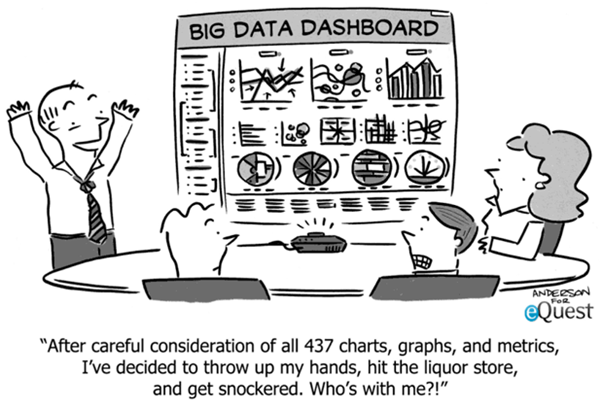Creating and maintaining a Program Management Office (PgMO) will help you achieve clear and consistent processes for the program and for all projects within the program in line with standard practice, methodology and the organization’s goals.
The PgMO will support you in handling aspects around the management of the program from organizing to controlling the program through the life cycle of the program like initiation, planning, execution and closure. The PgMO can help you prepare for reviews by mining for and getting the right data to help you solidify your position and help you create reports demanded by the various stakeholders.
The PgMO can also be used as a progress chaser to ensure actions from meetings are completed on time. Issues tracking towards closure and watching for risks can also be done by the PgMO.
Many a program manager I know spend a lot of time on routine work which would better have been done by a PgMO. This would have freed up the program manager’s job for more productive strategic work.
It saves a lot of time if you implement technologies for collaboration, reporting, reviews, tracking and monitoring. I do not want to go into a lot of discussion on this, but you get the picture. Also ensure that your Knowledge Management processes are technology enabled. It is important to capture and manage tacit knowledge (like experience of employees) and explicit knowledge (documents, code etc.) [1. Know-how vs know-what or 2. ideals, values, emotions etc. vs those communicated by formal language or 3. behavioral knowledge (cultural, institutional) vs technical knowledge (domain, process)]. Formal knowledge management processes also help in the transfer of knowledge from project to project within a program and transfer of knowledge across programs.
I am sure that one of the things you would need to monitor your program and to see whether the required KPIs are being met and the required benefits are being delivered would be a dashboard that gives you key information about the state of the project. Ensure that the dashboard sources are regularly updated by the sub-programs and project with your scope. If designed well, the dashboard can go a long way towards helping you have good control on the project. However, I would warn you against falling into some of the common dashboarding traps: Asking for and getting meaningless measures just for the sake of it; Not getting buy-in from stakeholders (project managers and sub-program managers) who are key in populating the dashboard; Not designing the dashboard based on business requirements like benefits, KPIs etc.; Not co-creating with other key users like the governance board, customer representatives, your team etc.; Ignoring user experience and not making sure that the dashboard is easily usable; Trying to get everything in one shot.
Picture source: equest.com
The other critical thing is to see how to use the social media to your advantage to spread your message. The key things to look out for in this regard are: Understanding the customer organization; Understanding the domain; Understanding the customer stakeholders; Understanding program partners; Establishing your own identity : company / individual; Connecting with [distributed] teams. Some of the technologies/systems you can use are Google alerts; iMorph; Linked-in; Twitter feeds; Klout; Newsle; Newsgroups and Blogs
Question: In your own program, which, in your mind, is the most important KPI you should keep your eye on?
7 Tips for Effective Program Management (A practitioner’s approach)
Tip 1 – All the world’s a stage – Understand your role
Tip 2 – Don’t fail to see the forest for the trees – Understand the big picture
Tip 3 – They hold all the stakes – Map them out
Tip 5 – Skating away on the thin ice of the new day – Keep your eye on the program risks
Tip 6 – Dot your I’s and cross your T’s – Understand the program commercials and contracts clearly

